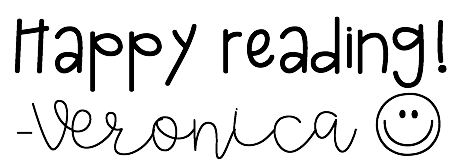The War That Saved My Life

Title: The War That Saved My Life
Author: Kimberly Brubaker Bradley
Genre: Newbery
Awards: 2016 Newbery Honor
Age Group: 5th-12th
The War That Saved My Life, set in England during World War II, follows 10-year-old Ada and 6-year-old Jamie, who are sent away from their abusive mother (Mam) and are taken in by Susan Smith. The only life that Ada knows is one of absolute shame, hatred, and brutality. Having been born with a clubfoot, she is forced to stay inside all day as to not shame her mother for having a crippled child. Ada is used to being hit, being told she is not worth anything, and being forced to spend the night in a roach-infested cabinet under the sink. This is her world, and it is all she has known her whole life. When the children of the town are being sent away due to the threat of possible bombings, Ada and Jamie's lives are turned around. The pair runs away, as Mam was going to send Jamie away and force Ada to stay home. Susan is given no choice but to take in the siblings. She lives alone and had told herself that she never wanted children. Ada and Jamie have a hard time adjusting to the new environment and their new caretaker. Ada realizes how much she doesn't know but still tells herself the lies that Mam has told her for years. She doesn't know how to read or write; she had just taught herself how to walk before she ran away, thinking maybe Mam would like her. They don't even know their own birthdays. Susan is faced with having to come to terms with the extent to which these kids were neglected and abused and has to find a way to reverse some of the damage that has been done, all with very little experience with children. Ada quickly finds an escape from the burdens she carries by riding Susan's horse, Butter, and Jamie by caring for a cat, Bovril. Ada, Jamie, and Susan each undergo significant transformations through their growing relationships with each other. They fight through the war together, slowly starting to find true comfort in each other. Ada is able to, day by day, realize that she does have value and can be cared for despite her foot. Through persistence and love (even if Susan and the children don't realize it yet), they become a family. By the time Mam comes back for Ada and Jamie, they are not the same children they were when they first came to live with Susan. Not only do they look physically different, but Ada has learned her value. She is able to stand up to Mam and leave her for good, despite the intense pain it causes her to realize that her own mother can never care for her the way Susan can. In the end, Susan and the children are reunited, never to be separated again. Susan's house has been bombed, but they have each other, and they have their friends and neighbors beside them. The war, while destroying everything around them, has saved their lives.
I would recommend this book for 5th through 12th graders. This book is not for the faint of heart. It deals with hard topics, such as child abuse, war, and death, but it is a book that is worth reading to an appropriately-aged audience. I think 5th graders could probably handle this book, but definitely, middle schoolers and high schoolers could enjoy and learn a lot from this book! Reading The War That Saved My Life forces you to empathize with Ada and to see things from her point-of-view.
To go along with The War That Saved My Life, I would definitely have students research some background on World War II, and I would include lots of discussion questions and writing prompts. Examples could include a discussion of how Ada, Jamie, and Susan changed throughout the book, a comparison between Ada and Butter, why Mam thought Ada's foot made her so unlovable, the significance of lying throughout the book, and what freedom meant for Ada and Jamie. I think it would also be very useful to have students keep a journal of their thoughts and feelings while reading this book because it can get to be a lot! Writing down ideas can help when you are reading books with heavy topics.



Comments
Post a Comment